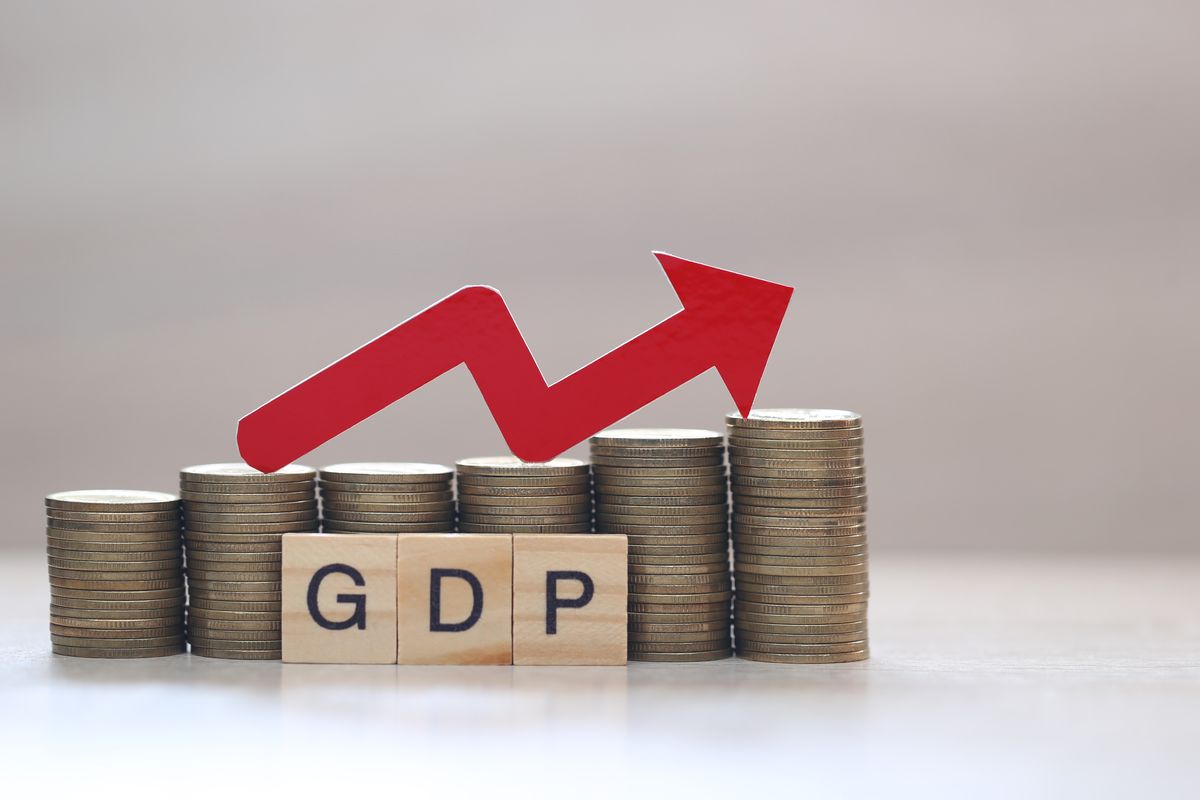Pakistan charts fiscal path for FY25, targets 2% primary surplus
Risks include potential currency depreciation, rising energy tariffs, and climate-related impacts on agriculture

Pakistan aims to achieve a primary surplus of 2% of GDP
Pakistan is embarking on an ambitious fiscal consolidation plan for fiscal year 2024-25 (FY25) aiming to achieve a primary surplus of 2% of GDP, bolstered by structural reforms and stricter economic discipline.
The International Monetary Fund (IMF) has highlighted the country’s progress, including a historic primary surplus of PKR 953 billion (0.9% of GDP) in the previous fiscal year, as a foundation for further stabilization.
According to a report issued by Arif Habib Limited, the government’s strategy focuses on broadening the tax base, improving tax administration, and reducing corruption. Provinces are expected to contribute to fiscal surpluses, targeting around 1% of GDP in FY25.
“The IMF’s Extended Fund Facility (EFF) supports Pakistan’s gradual fiscal consolidation, with a long-term goal of maintaining a 2% primary surplus, backed by a 3% GDP net revenue mobilization effort,” the report noted.
To recall, Pakistan recorded its first budget surplus since 2004 in the second quarter of FY24, driven by a record PKR 2.5 trillion profit from the State Bank of Pakistan (SBP).
This resulted in a primary surplus of PKR 3 trillion. The government is also curbing high expenditures on pensions, infrastructure, and subsidies to reduce debt and control deficits.
The fiscal deficit is projected to decline to 5.9% of GDP in FY25, down from 6.8% in FY24, with some analysts predicting it could fall further to 4.9% if reforms are effectively implemented.
Revenue challenges and expenditure control
The Federal Board of Revenue (FBR) — the country’ tax collection authority — faces significant challenges in meeting its FY25 target of PKR 12.9 trillion, with early shortfalls of PKR 468 billion in the first seven months.
The report noted that high tariffs on non-essential imports and a stable rupee have impacted customs duties and import sales tax collections.
However, the government aims to boost non-tax revenue, including PKR 2.5 trillion from the SBP, and implement tax reforms expected to generate PKR 357 billion from personal and corporate income taxes.
On the expenditure side, non-development spending remains a burden, particularly due to rising markup payments, which surged by 42% in FY24 and are projected to increase another 20% in FY25.
However, interest rate cuts and a T-bill buyback program funded by SBP profits could reduce debt servicing costs to PKR 7.8 trillion, below the budgeted PKR 9.8 trillion.
Privatization and structural reforms
The AHL report notes Pakistan is advancing a major privatization agenda, with the Cabinet Committee on Privatization approving the sale of 24 public sector entities.
This initiative aims to reduce the fiscal burden of loss-making state-owned enterprises (SOEs), which posted a combined loss of PKR 905 billion in FY23.
The government is also implementing governance reforms under the SOE Act and establishing a Central Monitoring Unit to improve oversight and efficiency.
External account and trade dynamics
Pakistan’s external account showed improvement in FY24, with the current account deficit shrinking to $1.7 billion from $3.3 billion in FY23. For FY25, a current account surplus of $940 million is projected, supported by stabilization efforts.
Trade dynamics remain challenging, with a projected trade deficit of $27 billion, driven by a 12% year-on-year rise in imports and a 6% increase in exports.
“However, declining oil prices and growth in the IT sector, which saw exports rise by 28% in the first half of FY25, offer hope for improvement”.
IMF support and economic outlook
Pakistan secured a 37-month Extended Fund Facility worth approximately $7 billion from the IMF last year, following the completion of a $3 billion Stand-By Arrangement.
This program is fully financed for the first 12 months, with firm commitments from bilateral partners to roll over existing liabilities. The SBP’s foreign exchange reserves have surged to $11.2 billion, with projections to reach $13 billion by the end of FY25.
According to the report, GDP growth is expected to rise to 2.75% in FY25, with a stronger rebound to 5.07% projected for FY26, contingent on sustained reforms and investment.
Challenges ahead
Despite progress, Pakistan faces risks from potential currency depreciation, rising energy tariffs, and climate-related impacts on agriculture.
Geopolitical uncertainties and global inflationary pressures could also hinder growth. However, continued monetary easing, efforts to lower business costs, and attracting foreign investment will be critical to maintaining economic momentum.
Popular
Spotlight
More from Business
Dubai’s real estate market sees record growth amid strong demand
As developers rush to meet demand, 2025 is projected to see a 41% surge in residential handovers, adding over 42,000 new units.













Comments
See what people are discussing